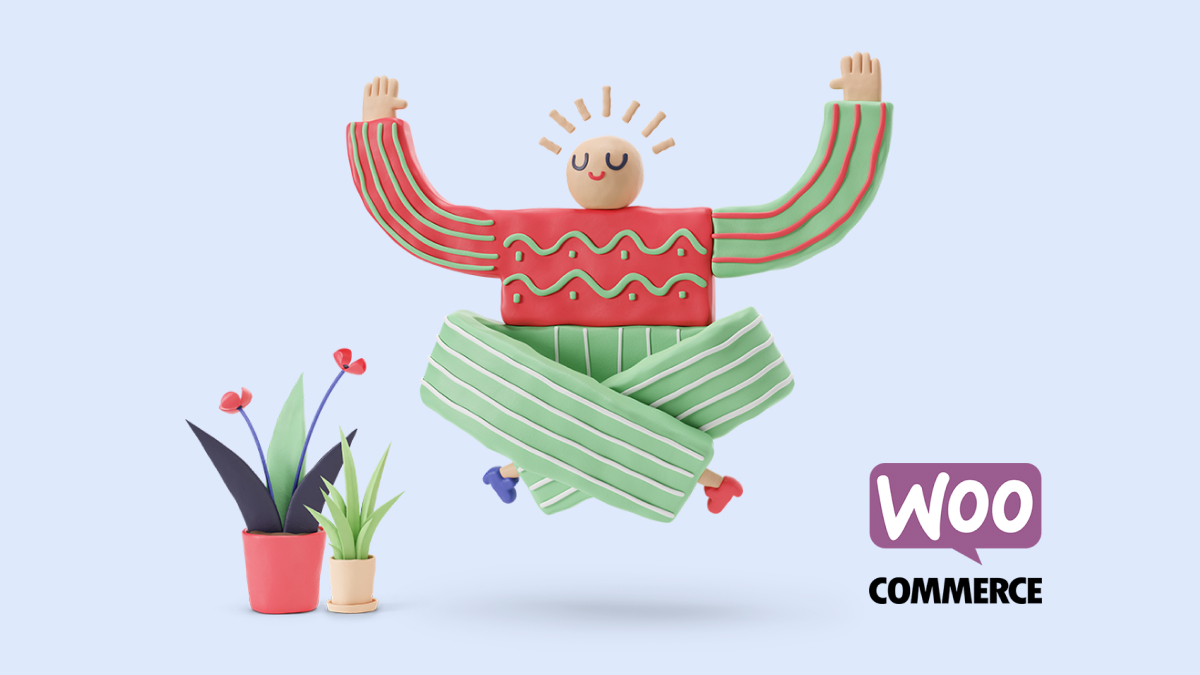
You selected a great-looking theme, invested in top-notch product photos, and spent weeks tweaking product descriptions. You’ve been busy, and, your store looks perfect. No reason for customers to check out your competition, right?
Unfortunately, that’s not how the world works.
Customers are always on the lookout for the best deals, and sometimes, even a slight price difference can lure them to a competitor. Some will feel disgruntled for spending hundreds or thousands of dollars at your store without getting any kind of special treatment.
In their eyes, there is no reason to be loyal to you.
But fortunately, you can change that in your favor.
With a great loyalty program in place, customers will no longer think about what they can gain by shopping at your competition.
Instead, they will think about what they will lose if they don’t shop with you.
Table of Contents
What is a loyalty program?
A loyalty program is a way to reward customers for repeatedly shopping at your store so they continue buying from you instead of your competitors. It’s like saying “Thank you for being a loyal customer” in more than just words.
Consider a store you frequently visit. Despite your repeated business, they’ve never truly shown gratitude for your loyalty. Over time, this lack of appreciation can lead to feelings of being undervalued or taken for granted.
Your customers are no different.
If you don’t show you appreciate them coming back and spending more at your store, they will eventually find a better place to shop.
What types of loyalty programs exist?
There are four main types of loyalty programs:
- Points Program
- Tiered Program
- Referral Program
- Subscription Program
Let’s review each type in detail and give you some tips on
Points program
Points-based programs are the most common type of loyalty program, primarily due to their simplicity and direct appeal.
In these programs, customers receive points for making purchases, which can later be redeemed for rewards such as discounts, free products, or services.
Several well-known companies successfully use points-based loyalty programs:
- Starbucks: Starbucks Rewards program allows customers to earn stars for their purchases, including online orders. These stars can be redeemed for free drinks and food items
- DSW: DSW’s VIP program offers points for online purchases. Customers can accumulate points and redeem them for discounts on future purchases
- Bed Bath & Beyond: Bed Bath & Beyond’s loyalty program allows customers to earn points for their online purchases. These points can be redeemed for discounts on future purchases
- CVS: CVS offers a rewards program that gives customers points for their online purchases. These points can be used to earn discounts and other rewards
Beyond purchases, some companies reward points for activities like referring friends or engaging on social media. Birthday bonuses are also common.
Remember, the primary reason customers participate in points programs is to get more value for their money. Ensure that your program offers meaningful rewards for every purchase.
When to use a points and rewards program?
Use a points & rewards program if your customers make frequent, smaller-value purchases. Examples include retail stores, grocery stores, and coffee shops. This type of program is also well-suited for businesses targeting a more homogenous customer base where most customers have similar spending habits. Make sure the points system is straightforward and doesn’t make customers think.
How many points to give?
A good rule of thumb is to use a nice round number for points given for purchases, and set up a reward system that gives customers 3-10% back on what they spend. Consider these examples and calculations:
- You are giving 10 points for each dollar spent, and you want to give 5% back. Your calculation is 10/0.05, which yields 200. This means you should set up your rewards in such a way that customers get $1 for every 200 points spent.
- You are giving 50 points for each dollar spent, and you want to give 10% back. Your calculation is 50/0.1, which yields 500. Set up your rewards so that customers get $1 back for each 500 points earned.
You can play around with these numbers to get something that works for you. The goal is to make the points system straightforward for customers and cost-effective for your business.
Tiered program
In a tiered loyalty program, customers move up the tiers as they spend more at your store. With each tier they unlock, they earn different types of perks and rewards.
For example, Nordstrom’s “The Nordy Club” program, based on annual spending, has three tiers: Member, Influencer, and Ambassador:
- Member: You start here just by joining, enjoying basic benefits such as free alterations and lifestyle workshops.
- Influencer: By spending at least $500 per year, you access benefits like priority access to fashion events.
- Ambassador: Achieved by spending $5,000 or more annually, it includes all previous benefits plus extras like free 2-day shipping and exclusive access to private events.
Note that each tier includes all of the benefits of a previous tier, including some new ones.
Beyond this standard structure, some stores merge points-based programs with tiers. Two popular approaches are:
- Using Points Instead of Spending: You might base your tiers on points earned in a year, rather than dollars spent.
- Doubling Points: For higher tiers, customers could earn more points per dollar spent. For example, a higher-tier customer might earn 20 points per dollar, compared to the standard 10 points.
Keep in mind, such techniques often emerge from evolved loyalty programs, where the company has had many opportunities to learn and adapt to their customer’s preferences.
If you’re just starting out, it’s best to keep it simple.
When to use a tiered loyalty program?
A tiered loyalty program is best for businesses where customers make frequent, high-value purchases. Examples include luxury goods, airline frequent flyer programs, or premium credit cards. They are also ideal for businesses with a diverse customer base where segmentation is necessary to cater to different spending habits. The higher tiers attract high-value customers, while lower tiers engage occasional shoppers.
Referral program
A referral program rewards customers for referring their friends. It’s a win-win type of situation where the business makes money from the new customer, and the customer is rewarded for being a loyal ambassador.
Because referral programs aren’t focused on incentivizing repeat purchases but acquiring new customers, companies will often combine a referral program with a point & rewards program and reward customers with extra points when they refer a friend. This way customers can redeem the points for discounts on future purchases, completing the loyalty circle.
When done right, referral programs can bring thousands of new customers at a fraction of the cost you would pay to get the same results through traditional marketing.
For a real-world example, consider Harry’s, a company that manufactures and sells shaving equipment and men’s personal care products.
When they were launching The Harry’s Shave Club, a referral program was a big part of their strategy. The program worked by incentivizing existing customers to refer friends and family to Harry’s by offering them free products.
Here’s how it worked:
- Sign up: Existing customers needed to sign up for the referral program through Harry’s website.
- Share Referral Link: After signing up, customers received a unique referral link to share with friends and family.
- Rewards for Referrers: When someone signed up using the referral link and made a purchase, the referrer received a reward, such as free shaving products.
- Incentives for New Customers: New customers who signed up through a referral link also received a discount or promotional offer on their first purchase.
The program was structured in a way that both the referrer and the referred customer received something of value, creating a win-win situation that encouraged participation.
The result? Harry’s referral program racked up over 100,000 sign-ups in one week, and 16500 of them made a purchase, completing the referral cycle.
Keep in mind this is just one example – you can design your referral program with different types of rewards such as products, discounts, or points, and you can also keep it one-sided (reward only the referee) or two-sided (reward both the referrers and the referred customers).
When to use a referral program?
Use a referral program if you’re just starting out and need to acquire as many customers as possible while keeping them loyal to you. Referral programs are especially useful for low-margin businesses where repeat-purchase rewards may not be feasible, but rewarding someone for bringing in new business is. When implementing a referral program, consider offering valuable incentives for both referrers and referred customers to encourage participation. Finally, make sure to communicate the program clearly and make it easy for customers to refer others.
Subscription programs
Subscription programs, also known as premium loyalty programs, require customers to subscribe and pay a fee upfront to enjoy special benefits not available to regular customers.
There are many subscription programs available, but it’s essential to differentiate between two types: benefits-oriented programs, designed to reward repeat business, and product-oriented programs, intended to sell products.
Consider two famous examples:
- Amazon Prime is a benefits-oriented subscription program for Amazon customers. For a monthly or annual fee, customers get access to free two-day shipping, access to streaming services, and exclusive deals available only to Prime subscribers.
- Allure Beauty is a product-oriented subscription program for readers of Allure Magazine. For $29 per month, customers receive various beauty products that help them discover new brands and explore their preferences.
It’s important to note that only benefits-oriented subscription programs can be considered loyalty programs. These programs aim to enhance the existing shopping experience, rather than offering a separate product.
When designing your own subscription program, consider this distinction and focus on creating a program that enriches the customer’s experience with your brand.
When to use a subscription program?
Subscription programs can be especially effective for businesses where customers make frequent purchases, as subscribers are more likely to shop more often to maximize the value of their subscription. It can also be a viable choice for businesses with low margins, as it provides an upfront revenue stream that can help offset costs and support the offering of premium benefits. However, it is critical to ensure that the benefits offered in the subscription program provide clear and compelling value to customers. This is essential for attracting and retaining subscribers.
What to consider when designing a loyalty program?
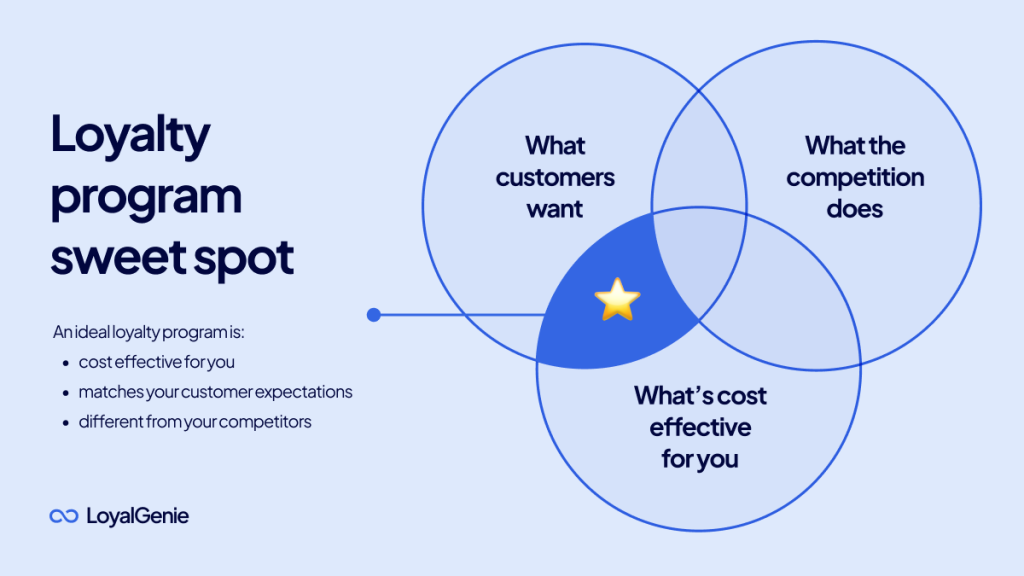
Deciding on the right loyalty program for your store is often a complex task as there are many variables to consider. However, a good place to start is by considering the three Cs of loyalty program design:
- Competition. How many competitors are you facing and are they offering loyalty programs? If you’re not facing brutal competition, you’re in luck – you can pick any strategy and it will likely bring results. However, if your competitors are breathing down your neck and many already have loyalty programs, your task is more difficult. In this case, you need to outcompete them by offering better rewards or a different type of program that can better serve your customers.
- Customers. Who are your customers and why do they shop with you? Having a strong understanding of the different customer types you cater to is essential to designing a loyalty program that speaks to them. If you are not sure what would work well, consider interviewing a few customers to run your ideas by them and see what they say.
- Cost. How much will it cost you to run your loyalty program and will you be able to stick with it for years? Customers hate losing benefits, so you need to make sure that any changes you make to your loyalty program in the future are only positive and never a step back. Otherwise, you risk losing trust. In case all of your reward ideas are costly and you simply can’t make them work with your current margins, consider a paid subscription program where customers would partially finance the benefits they get.
In conclusion, designing an effective loyalty program for your store requires careful consideration of your competition, customer base, and cost factors. By analyzing your competitive landscape and understanding the unique needs and preferences of your customers, you can create a tailored loyalty program that stands out and fosters long-term loyalty.
How to create a loyalty program on your WooCommerce store?
To create a loyalty program on your WooCommerce store, you will need a dedicated WordPress plugin that supports multiple loyalty programs such as points & rewards, tiers, and referrals.
There are several plugins you could use for this purpose. We will outline here the main ones we recommend.
LoyalGenie – a complete loyalty solution for WooCommerce
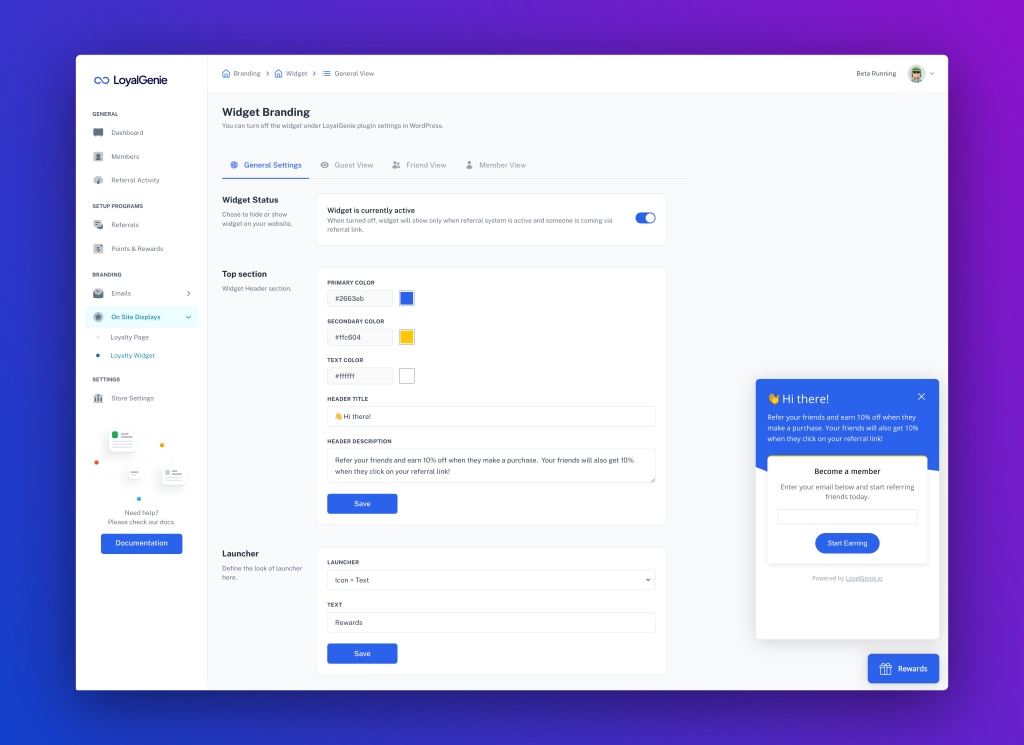
We are slightly biased here because LoyalGenie is our plugin, but we guarantee it is the most comprehensive loyalty solution for WooCommerce stores based on a decade of experience building loyalty solutions.
The plugin lets you set up all types of loyalty programs quickly and effortlessly, using a clean and friendly user interface. You can choose to reward customers with points for purchases, social media shares, and birthdays, and let them redeem those points for discounts, free products, free shipping, and more. In addition to point-based programs, LoyalGenie lets you set up a viral referral program by giving each of your customers a unique referral link they can share with their friends and get rewarded for making referrals.
The plugin completely automates all aspects of your loyalty program and has incredibly detailed analytics and a robust fraud prevention engine to ensure your loyalty program remains profitable.
The main features are:
- Points and Rewards Program: With the Points and Rewards program, your customers can earn points for actions such as making purchases, following you on social media, writing reviews, or get points on birthdays. They can then redeem these points for rewards like discounts, free products, free shipping, and more. Customers c
- Referral Program: Encourage your customers to refer their friends and family to your website by sharing their unique referral link. You can reward both the referrer and the referred friend with any type of reward, including discounts, free products, or free shipping. The plugin offers an automated fraud protection system to ensure only valid referrals are accepted and suspicious referrals are flagged for your review.
- Flexible Reward Types: You can offer percentage discounts, fixed discounts, free shipping, or free products as rewards. All rewards are automatically created as coupons in WooCommerce and sent to your customers via email.
- Loyalty Pop-Up Widget: Enable a site-wite widget that allows your customers to quickly access your loyalty program from a chat-like popup widget. The widget sits in a corner of their screen and allows them to view and redeem points, share their referral link, and access their coupons without leaving the page they are on.
- Loyalty Page: If you prefer not to use a popup widget, you can quickly build a dedicated loyalty page and display it anywhere in WordPress using a shortcode. The page shows the details of your program and allows customers to share their referral links, view and redeem points, and access their coupons.
- Design Customization: You can customize the look and feel of your loyalty program to match your brand’s identity, including colors, fonts, and logo. Plus, you can customize the look & feel of emails your customers receive when they earn rewards, share their referral link, and more.
- Activity Tracking: You can see a full activity history for each program member, such as referrals they’ve made, points they’ve earned or redeemed, and reward coupons issued. The plugin also lets you cancel any coupons that haven’t been used yet.
- Robust Analytics: The plugin offers robust analytics to help you track the revenue generated by your loyalty program and key metrics that impact your program’s performance. You can view daily, weekly, and monthly analytics, see customer data at a glance, and track your most loyal customers.
LoyalGenie is designed to be easily integrated with popular email marketing tools such as Campaign Monitor, Constant Contact, Klaviyo, Mailchimp, and Omnisend. It’s customizable, easy to set up, and provides powerful analytics to help you understand and improve your loyalty program’s performance.
Pricing
- Free, then $9 – $49 per month for premium versions
Sumo Reward Points
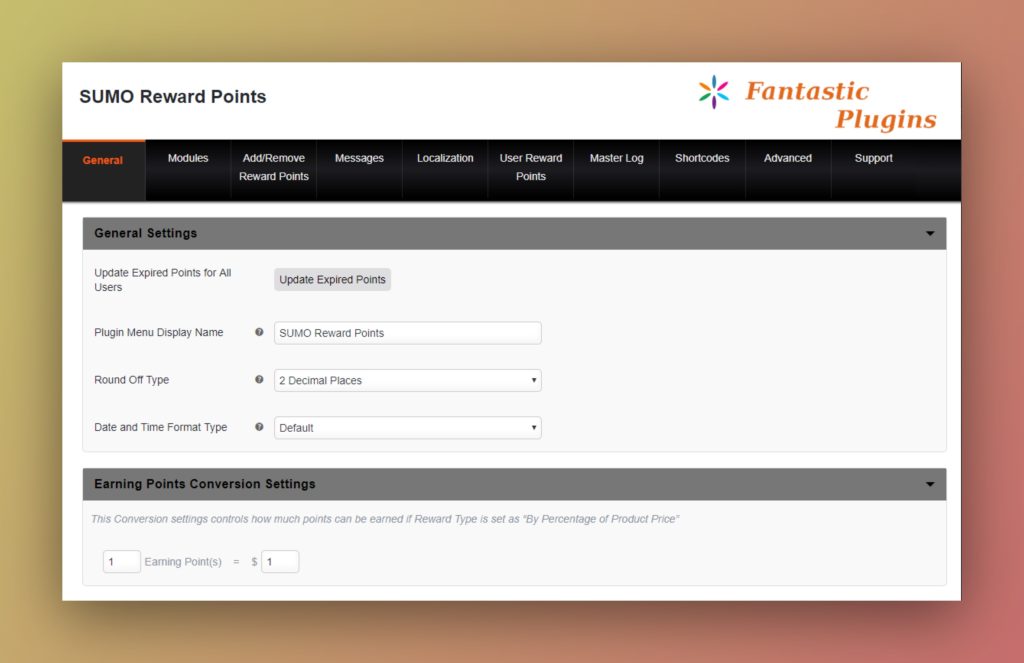
SUMO Reward Points is a versatile WooCommerce loyalty rewards plugin. It allows customers to earn points for actions like purchases, reviews, sign-ups, referrals, and social promotions. The plugin supports various product types and offers flexible point assignment at the product, category, or global level.
Main features:
- Complete reward points system built on WooCommerce, enabling loyalty rewards for various actions like purchases, sign-ups, reviews, referrals, and social promotions.
- Points can be set at Product, Category, and Global levels, and points with expiry dates can be awarded.
- Encashing, buying, and sending reward points between members, with member-level features.
- Redeem points on the checkout page, with options to exclude/include products/categories, set minimum and maximum points for redemption, and set point conversion rates.
- Referral rewards with “Refer a Friend” feature, using usernames or User IDs as referral keys, and applying rewards based on member age.
- Gift vouchers with reward points, including bulk voucher creation.
- SMS notifications through Twilio or Nexmo, API support for developers, and extensive customization options.
- Translation ready, compatible with WPML, WPML String Translation, and WooCommerce Multilingual for multi-language mails.
- Compatible with WooCommerce Booking Plugin and Dynamic Pricing Plugin.
Pricing:
- $49 per year
Points and Rewards for WooCommerce Pro
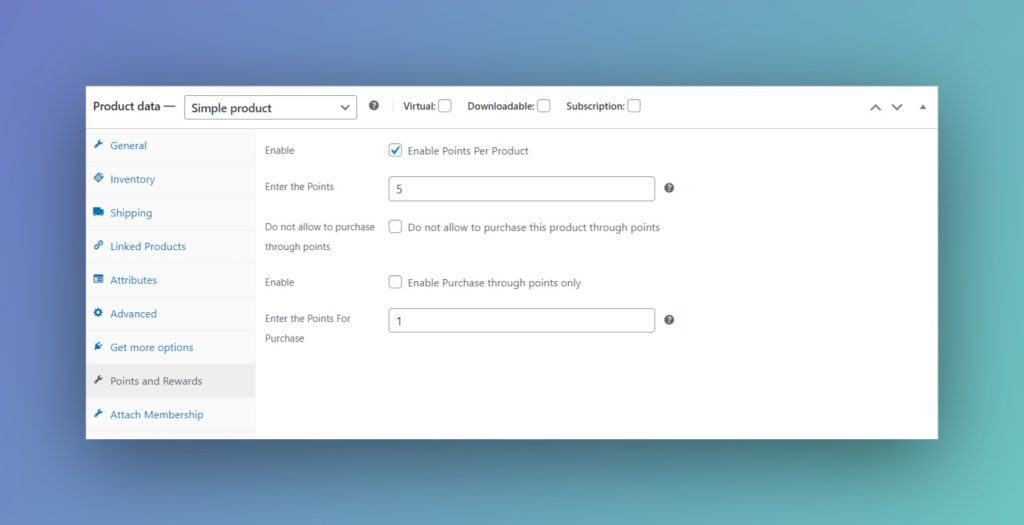
The Points and Rewards for WooCommerce plugin is a comprehensive tool that enables merchants to incentivize and retain loyal customers by offering a robust rewards program. Customers can be rewarded with a variety of perks in return for their loyalty, including the ability to redeem discounts, coupons, and other benefits.
This loyalty program plugin offers an array of features designed to boost customer retention and sales:
- Restrict Reward Points: Prevents point accrual on items purchased with redeemed points.
- Assign Products Points Feature: Allows point assignment to products or categories via the Assign Products Setting.
- Referral Purchase Point: Includes a referral program for point accrual when referred contacts make purchases via referral link.
- Purchase through Points: Permits item purchases using reward points and point assignment to product categories.
- Point Expiration: Enables the setting of an expiration period for earned points using points expiration settings.
- Multi-Level Membership: Supports the creation of tiered membership programs with specified points for joining.
- API Settings: Provides API settings for integration with other applications and user detail retrieval.
- Assign Points on Previous Orders: Allows point assignment to both current and past orders.
Pricing
- $99 per year
WooCommerce Ultimate Points and Rewards
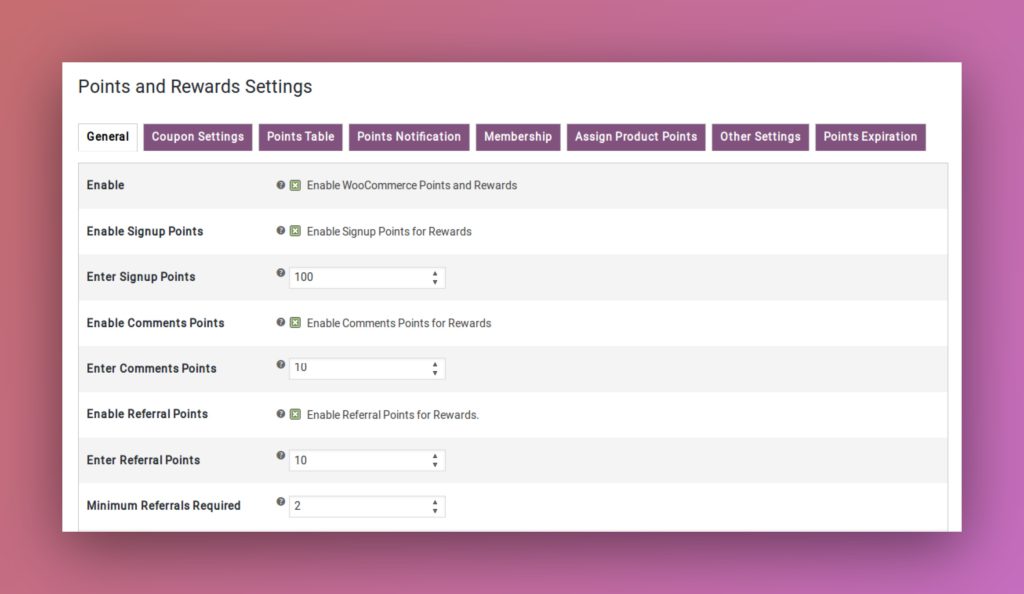
The WooCommerce Ultimate Points and Rewards plugin allows online store owners to reward their customers with points for various actions, such as purchases, referrals, and product reviews. These loyalty points can then be redeemed for discounts, coupons, or even membership in a loyalty program. The plugin offers a wide range of features, from coupon generation to a referral system and social media sharing. It also provides real-time notifications to keep customers informed about their points balance and ways to earn more points.
Main features:
- Points for Purchases: Customers can earn and redeem loyalty points for product purchases.
- Referral System: Rewards customers with points for referring new users who make purchases.
- Membership Levels: Allows the creation of different membership levels with specific rewards and discounts.
- Coupon Generation: Enables customers to convert their points into coupons for discounts.
- Social Media Sharing: Users can share their referral links on social media platforms.
- Points Log: Provides a detailed log of points earned and redeemed by customers.
- Rewards for Reviews: Rewards customers for writing product reviews.
- User Notifications: Offers real-time notifications about points balance, ways to earn more points, and point redemption options.
Price
- $39 per year
WooRewards
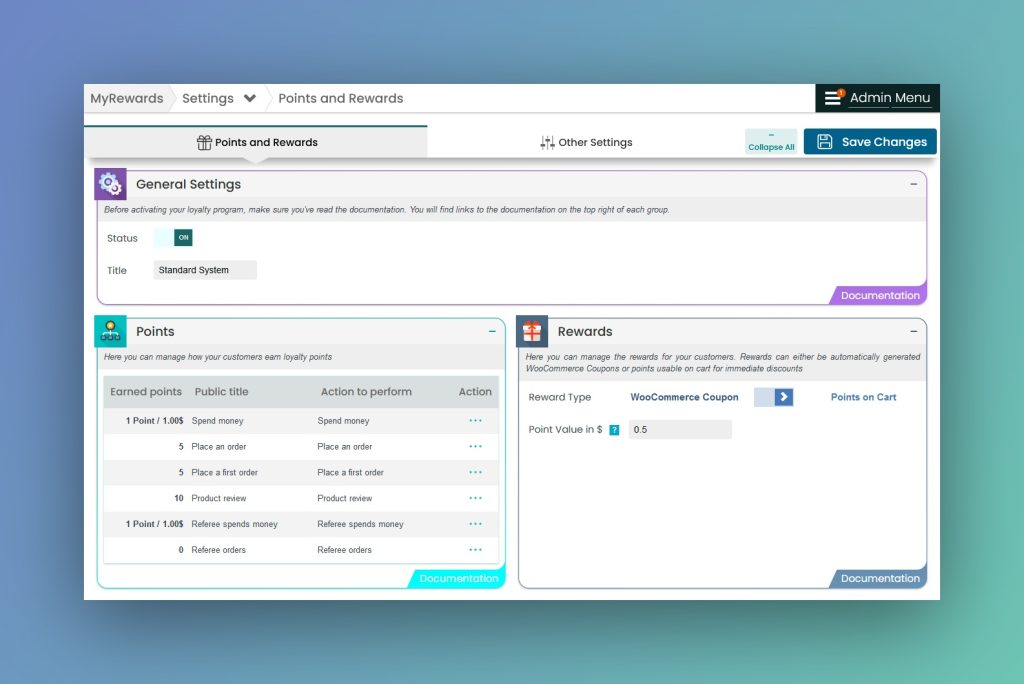
WooRewards is a plugin designed for WooCommerce that allows store owners to implement a loyalty and rewards program. The plugin aims to help businesses retain customers, increase revenue, and expand their brand’s value through incentivizing customer actions. With over 500 settings and features, WooRewards offers a highly customizable and extensive rewards system.
Features of WooRewards include:
- Rewards for placing orders
- Tiered Systems for offering differentiated rewards based on customer engagement
- Referrals and Sponsorship options for encouraging customers to promote the brand
- Offering Free Products as rewards
- Discount Coupons as a reward option
- A Leaderboard to create a sense of competition among customers
- Badges and Achievements to recognize customer loyalty
- Birthday Rewards to celebrate customers on their special day
- Product Review rewards to encourage customers to share their experiences
- Social Share rewards for promoting the brand on social media
- Customizable Emails for personalized communication
- And many other features that can be customized for any loyalty program
Pricing:
- $99 per year
How to promote your WooCommerce loyalty program?
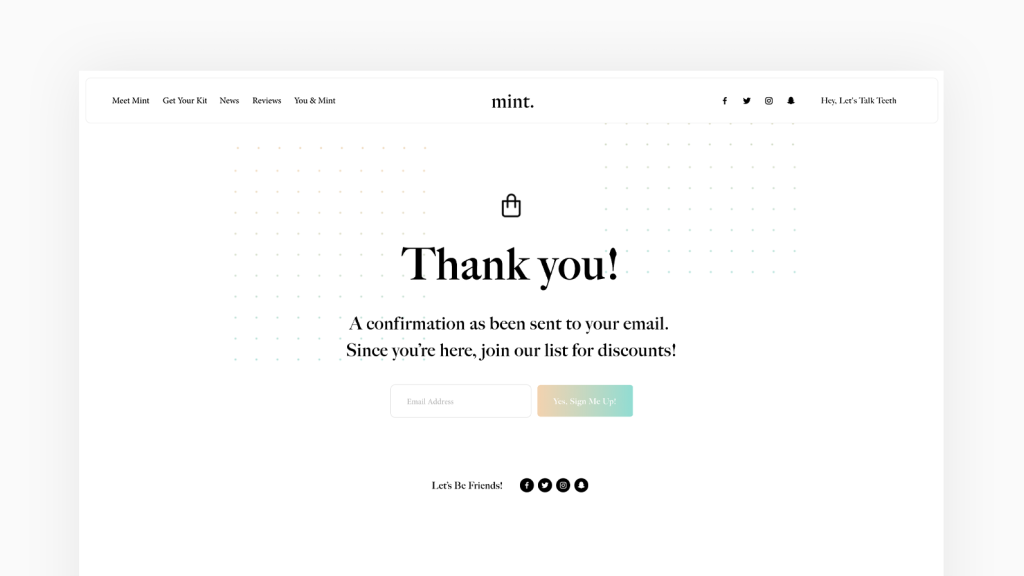
You can have the best loyalty program in the world, but if you don’t promote it enough you will hardly see any results. Continued marketing and promotion is the bread and butter of winning loyalty programs and you should ensure your customers can easily discover and join your program no matter where they are in their customer journey.
Here are the top ways to promote a loyalty program on a WooCommerce store:
- Create a “Rewards” Page. Create a dedicated page explaining the details of your loyalty program and add it to your website menu. Make sure it allows logged-in customers to see the points they earned, find their referral link, and other critical information they might be looking for. If you use a plugin such as Loyal Genie, this page cab be automatically generated for you.
- Add a Banner to Thank You Page. A thank you page displayed after checkout is a great way to inform customers about your loyalty program and provide them with more information about it. Add a banner advertising your loyalty program with a link to the page containing full details.
- Add a Banner to Order Confirmation Email. Your order confirmation email is another great touchpoint for loyalty program promotion. Add an unobtrusive banner at the very end of the email inviting your customers to visit your rewards page and find out more about your program.
- Send a Welcome Email. Send an email to all new customers a few days after their first purchase to inform them about your loyalty program and let them know how to participate. Email is a great way to reach customers directly and at the same time, provide in-depth information about a topic.
- Remind via Social Media. Remind customers by regularly sharing the information about your loyalty program on social media, even if it’s the same post. Customers are busy and most of them won’t catch your message the first time.
- Keep it interesting. To keep customers engaged and motivated, introduce some dynamics into your program such as double-point days or free-shipping days. Announce these initiatives via email and on the homepage to ensure customers are aware. Occasionally, write a blog piece sharing success stories from customers who greatly benefited from your loyalty program.
- Ask for feedback. Ask customers for feedback on your loyalty program and listen carefully. Make sure you understand what they’re happy with, but more importantly, what they may not be happy with or consider unfair. This will allow you to make small positive improvements to your program over time and allow you to promote the program to new customers even more effectively.
In conclusion, effectively promoting your loyalty program is crucial to its success. By implementing these strategies, you can ensure that your loyalty program is accessible, engaging, and rewarding for your customers.
How to know if your loyalty program is working?
To know if your loyalty program is working, you should track two key numbers regardless of the type of program you ar running:
- Members – how many new members are you adding from month to month? Are your numbers flat, growing or declining? Ideally, you should see a steady rate of new members joining your program, which means that your program marketing and reward structure are working.
- Revenue generated – how much revenue can you tie directly to your loyalty program? For example, if customers are redeeming their points for discounts on orders, what is the value of such orders month to month?
Additionally, if you’re using a points & rewards program, you should track:
- Redemption rate – are your customers spending their points at about the same rate they are earning them, or are they hoarding points? A healthy points program shows a high redemption rate, which means your customers are both spending and earning points regularly.
- Rewards issued – how many rewards are being issued? The higher number indicates customers redeem points for both small and large rewards, instead of waiting for them to accrue in order to exchange them for big rewards.
And if you’re running referral programs, it’s helpful to take note of:
- Referral revenue – how much did you make from referred customers, looking only at their first order? A good number means you are getting solid referrals.
- Lifetime referral revenue – how much did you make from all subsequent orders of referred customers? If the difference is big compared to referral revenue, it means you are getting proper customers who keep shopping with you. If it’s very close to referral revenue, you are likely getting customers who are there just to claim a reward or complete a referral.
- Average referral order – how much is a typical referred customer spending on their first order? If this number is close to the typical order value of regular customers, or higher, it means you are getting quality referrals. If it’s significantly lower, it could indicate people are using your referral program as a way to get rewards but aren’t very selective about whom they bring.
Conclusion
Creating an effective loyalty program for a WooCommerce store is a time-intensive task that should not be taken lightly. It is important to take the time to understand your customers and competition thoroughly before deciding on the best type of program to implement, such as points & rewards, tiers, referrals, or subscriptions.
Starting with a simple points & rewards or referral program can be a great approach, but it is essential to carefully consider the reward structure and ensure it excites and engages your customers. A loyalty program that no one wants to participate in can be discouraging, so seek feedback from your best customers to help fine-tune your program.
From a technical perspective, choose a WooCommerce loyalty plugin that allows you to quickly turn your ideas into reality. While we recommend LoyalGenie, there are other options to consider, some of which we mentioned in this article.
When launching your program, promote it by creating a dedicated rewards page, adding banners to your thank you pages and order confirmation emails, and sharing updates on social media.
Lastly, set aside regular time to review the performance of your loyalty program to ensure it benefits both you and your customers.